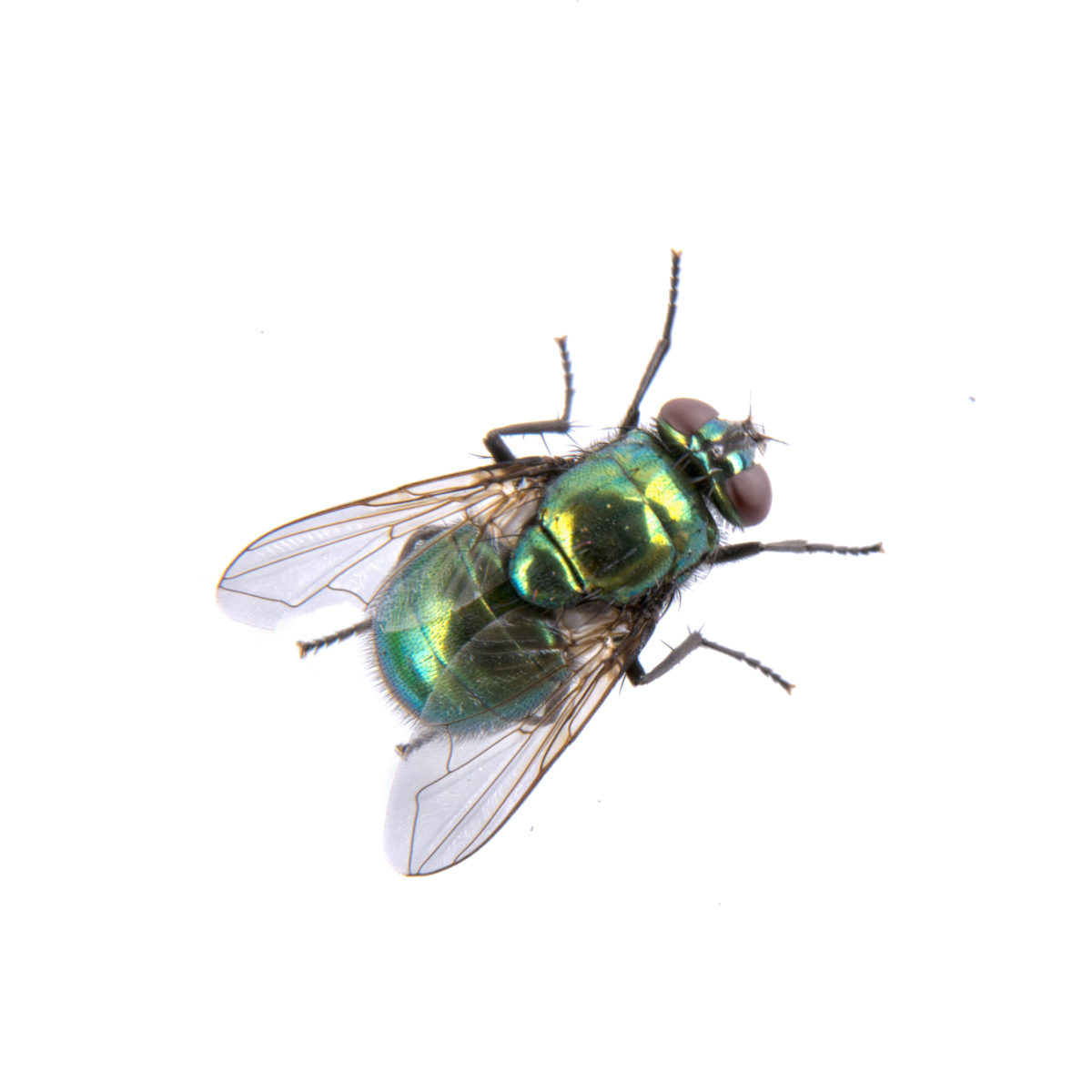Flies That Bite And Where To Find Them.
Flies don’t bite people…do they? Sure, they’re pesky and having to get rid of them can land you a spot on the swat team…see what I did there?
But, do they bite?
Unfortunately, some of them do.
Flies aren’t just house flies. Mosquitoes are flies, as is the one you see buzzing around a horse stable, and, unlike house flies, they do bite.
Read on to know more about different small biting flies, and what to do about them.
Small biting flies are very common and they are not just house flies. In this article, we look at 4 small flies which bite.
Types of Biting Flies.
1. Mosquitoes
These little disease-carrying vectors are your garden variety biting-flies, and are responsible for biting more people than the other flies on this list combined. Their bites are associated with little white welts, the area around which is red and itchy. These flies are deadly in some parts of the world, and carry diseases like malaria, dengue, Chikungunia and Zika virus.
2. Stable flies
These bear a strong resemblance to your standard house fly, albeit slightly smaller, with a checkerboard pattern on their stomachs to differentiate them. They are found all across the world, particularly in late summer and early fall. They feed primarily on livestock.
3. Sand flies
At less than an eighth of an inch with long and spindly legs that form a V-shape, and hairy brown wings, sand flies prey on mammals and reptiles alike. They are active between dawn and dusk, in mainly tropical and sub-tropical climates where there is a lot of moisture, decaying lichen, and mud for them to breed on. It is the female ones that bite and the resulting bumps and blisters usually clear up without treatment but can be serious in some cases, unless treated.
4. Biting Midges
Commonly known as no-see-ums, these are extremely small, only 1-3 millimetres in length, which makes them one of the most pervasive flies. Found in coastal regions like Australia in particular, they thrive around open water sources. They look red when they’ve eaten and grey when they haven’t. Their bites sometimes cause severe allergic reactions-blisters or welts-and are painful and irritating. The severity varies from person to person, however.
Other examples of flies that bite include tsetse flies found in the tropics of Africa, as are black flies which are known to transmit a disease called river blindness in parts of Africa and South-America. There are also deer flies that resemble maggot larvae and are most active during spring time, around lakes, swamps and other water bodies.
How to avoid being bitten?
There are preventive measures you can take, like installing net-lawns or regularly spraying repellent around your house and garden. But flies are very pervasive, and it might prove hard to completely keep them away.
You can, however, make certain that you don’t let any small pools of water to stagnate, like garden puddles or open tanks, which are prime breeding grounds for flies. General household and personal hygiene can also go a long way to keep flies away.
Treatment for small fly bites.
No matter how much you want to scratch that itch, don’t. Instead:
- Apply ice to the affected area to reduce swelling and redness.
- Wash the area with soap and water to reduce the risk of infection.
- Take allergy medication: over-the-counter ones like Benadryl, or go to your GP to get checked up. Antibiotics are also used to treat certain bites.
Here at the fly killer guide, we have written several articles about dealing with these annoying flies.
This article has everything you need to know about controlling house flies.
The Bug-A-Salt 2.0 is one of the best tools on the market for getting rid of flys and has received plenty of positive feedback.
You can see our full Bug-A-Salt review here.
Or maybe you would like to check out some of the best electric fly swatters.
Finally, you may be interested in making a homemade fly trap.
References:
1) Biting Flies




